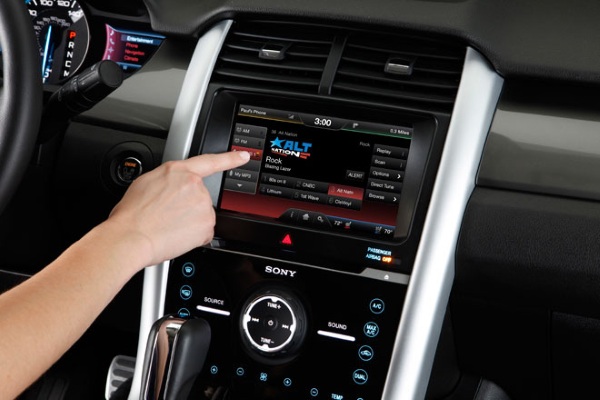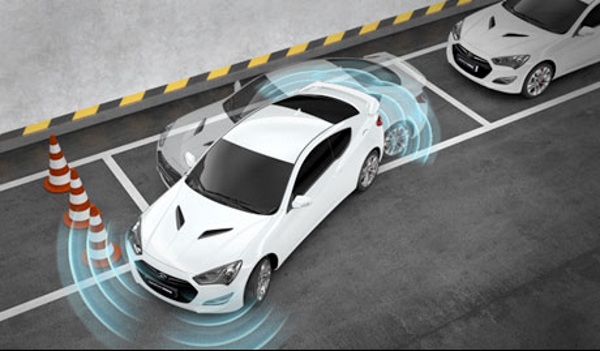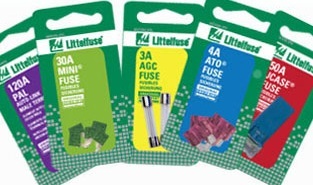In recent years, vehicle manufacturers have made a concerted effort to push the technological capabilities of their automobiles in an attempt to stay at the forefront of the minds of the increasingly tech-savvy consumer.

Today’s automobile can now seamlessly integrate personal electronic devices like iPods, tablets, and smartphones into the car’s infotainment system by way of Bluetooth technology. Improved safety features include sensors on the outside of the vehicle that detect proximity to other cars, and warning systems that let the driver know he / she is too close.

Yes, there is a lot of technology “baked” into today’s automobile, and to protect it all from damaging events like electrostatic discharge and other transients, circuit protection specialists like Littelfuse are being tasked with advancing their technologies to meet the growing needs of these new vehicles.
The good news is Littelfuse has been in the business of protecting vehicle circuitry for a long time, having invented the first automotive fuse in 1930. Since then, the company has partnered with carmakers on updating circuit protection solutions, and today the company’s components are sold the world over at auto parts stores, big box retailers, service stations, and repair shops.

So who better to create an infographic about market growth in automotive electronics and where it’s all heading in the years to come? Check out the Littelfuse study below:

Did you know today’s designers of automotive electronics face several technical challenges during the system design process? The list is long, but one of the biggest headaches is having to design methods of protection against a variety of electrical hazards, including electrostatic discharge, lightning, and switching loads in power electronics circuits.
It’s not something most of us consider when we think about how these designers come up with these great-looking / great-performing cars, but being able to overcome transient surges that can damage the vehicle’s electronics is one of the biggest challenges in the overall design process.
This is because it could wind up effecting several different technologies, including control units, infotainment electronics, fuel injectors, and more. As mentioned earlier, companies like Littelfuse are tasked with coming up with better protection components, and to help designers come up with a cleaner, more efficient approach to their circuit protection scheme, the company created an Automotive Circuit Protection Using TVS Diodes Application Note, which you can download for FREE.
Advertisement
Learn more about Littelfuse





